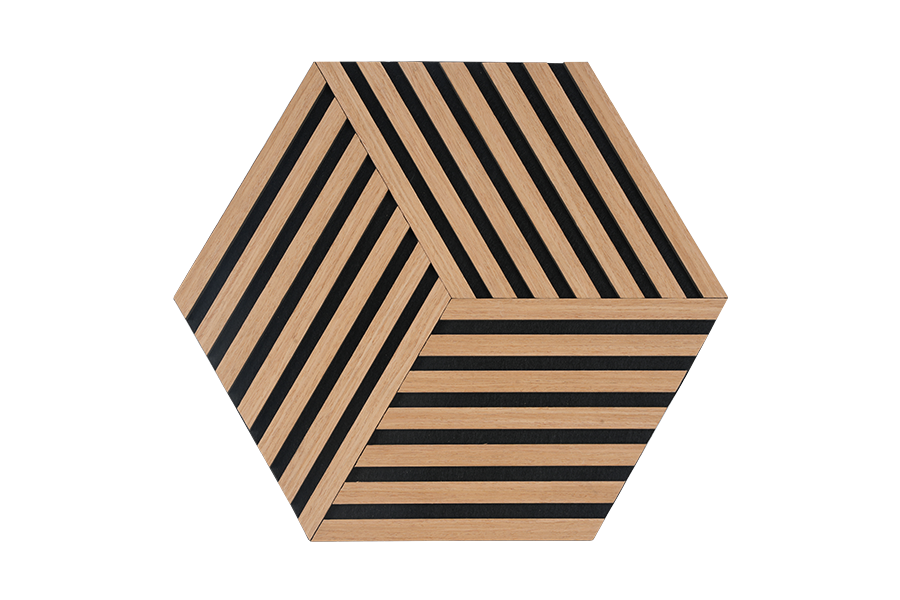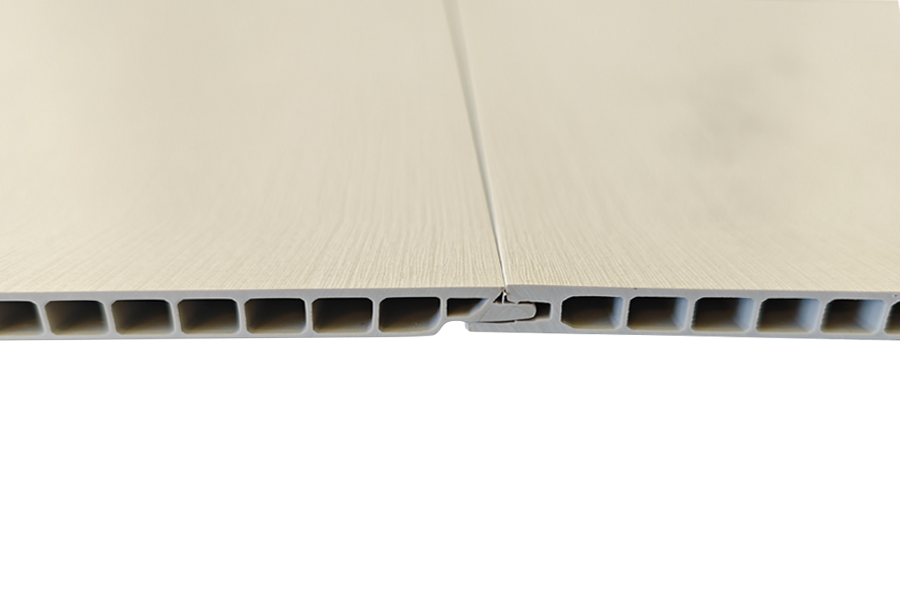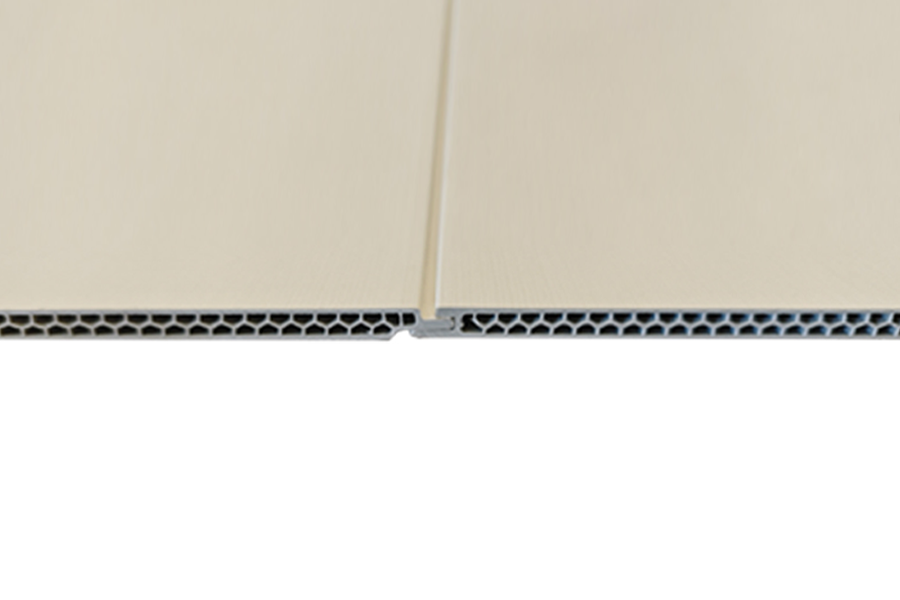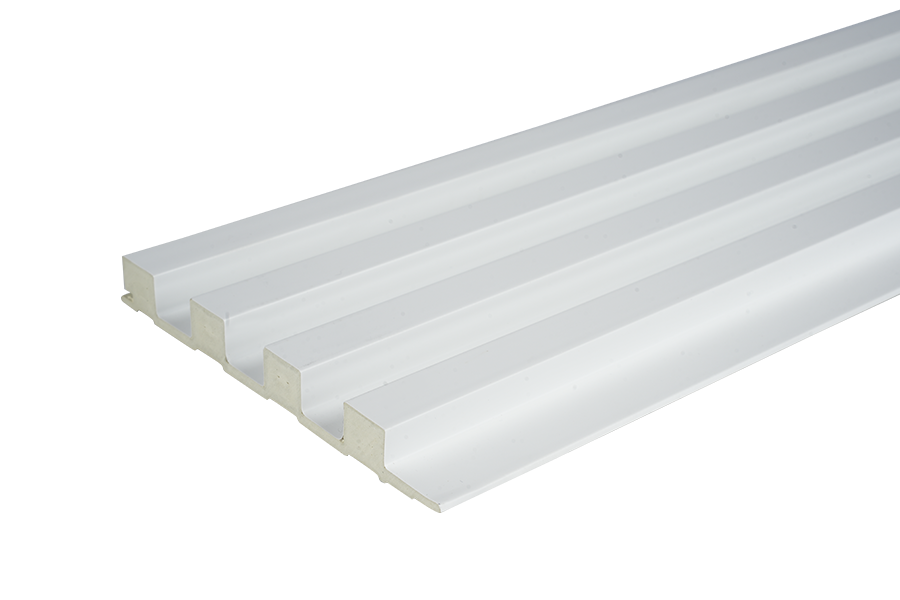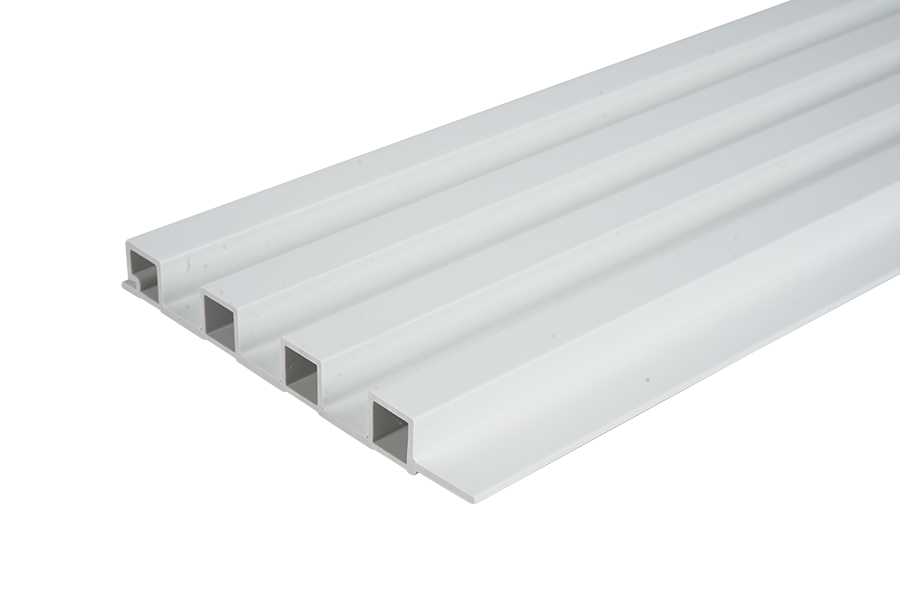Open-plan living spaces have become a hallmark of modern interior design, offering a sense of spaciousness and connectivity. However, these layouts often struggle with excessive noise reverberation, making conversations difficult and reducing overall comfort. Bamboo acoustic panels are emerging as an elegant solution, combining natural aesthetics with outstanding sound absorption to create harmonious living environments.
Why Bamboo Works for Sound Control
Bamboo, as a material, possesses inherent acoustic properties that make it ideal for noise management. The dense yet porous structure of bamboo wood sheet materials naturally absorbs sound waves, reducing echo and improving speech clarity. Unlike synthetic alternatives, bamboo acoustic panels offer an organic, visually appealing way to enhance room acoustics without compromising on style.
Additionally, bamboo furniture board products are often engineered with perforations or textured surfaces that further improve sound diffusion. This makes them particularly effective in open-plan living rooms, where hard surfaces like tiles, glass, and hardwood floors tend to amplify noise.
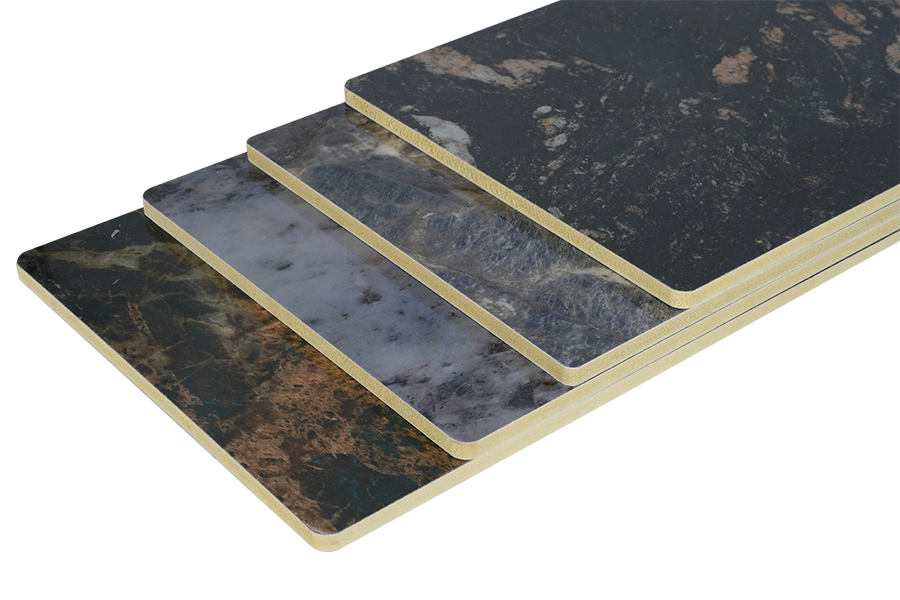
Design Integration: From Functional to Decorative
One of the biggest advantages of bamboo acoustic panels is their versatility in design. Available in various finishes—from natural wood tones to stained or painted options—they can seamlessly blend with any decor style. Homeowners can choose between:
- Slim, wall-mounted bamboo wood sheet panels for subtle sound absorption
- Geometric-patterned bamboo furniture board installations that double as art pieces
- Ceiling-mounted baffles to control overhead noise without sacrificing ceiling height
Because bamboo is lightweight yet durable, these panels can be easily installed as permanent fixtures or temporary dividers, offering flexibility in spatial design.
Comparing Bamboo to Traditional Acoustic Materials
Many conventional sound-absorbing materials, such as foam or fiberglass panels, lack the visual appeal needed for residential spaces. Bamboo acoustic panels, on the other hand, provide a warm, natural aesthetic that complements modern interiors. Unlike fabric-wrapped panels that collect dust, bamboo wood sheet surfaces are easy to clean and maintain, making them ideal for high-traffic living areas.
Moreover, bamboo furniture board products are more environmentally sustainable than synthetic alternatives. Bamboo grows rapidly, requires minimal pesticides, and absorbs more CO2 than hardwood trees, aligning with eco-conscious home design trends.
Real-World Performance in Open-Plan Spaces
In a typical open-plan living room, sound travels freely between the kitchen, dining, and lounge areas, creating a chaotic auditory environment. Strategically placed bamboo acoustic panels can:
- Reduce echo by absorbing mid-to-high-frequency sounds (e.g., voices, clattering dishes)
- Improve speech intelligibility, making conversations clearer even in busy households
- Enhance audio quality for home theaters or music-listening zones
For good results, designers recommend installing bamboo wood sheet panels on key reflection points—such as walls adjacent to seating areas or above kitchen islands—where sound tends to bounce most.
Customization for Personalized Acoustics
Not all living rooms have the same acoustic needs. Some may require more sound absorption for home offices, while others might prioritize aesthetic cohesion. Fortunately, bamboo acoustic panels can be customized in terms of:
- Thickness and density (thicker bamboo furniture board panels offer better low-frequency absorption)
- Perforation patterns (smaller holes target higher frequencies, while larger perforations allow for broader sound diffusion)
- Size and shape (modular panels can be arranged creatively to form feature walls)
This adaptability ensures that homeowners can fine-tune their acoustic environment without sacrificing design preferences.
Sustainability and Longevity
Beyond their acoustic benefits, bamboo wood sheet materials are prized for their durability and sustainability. Unlike traditional acoustic treatments that degrade over time, high-quality bamboo acoustic panels resist warping, moisture damage, and UV discoloration. This makes them a long-term investment for homeowners seeking both functionality and timeless design.
Additionally, because bamboo is a rapidly renewable resource, choosing bamboo furniture board products supports sustainable building practices—a growing priority for environmentally aware consumers.






 Español
Español عربى
عربى русский
русский


